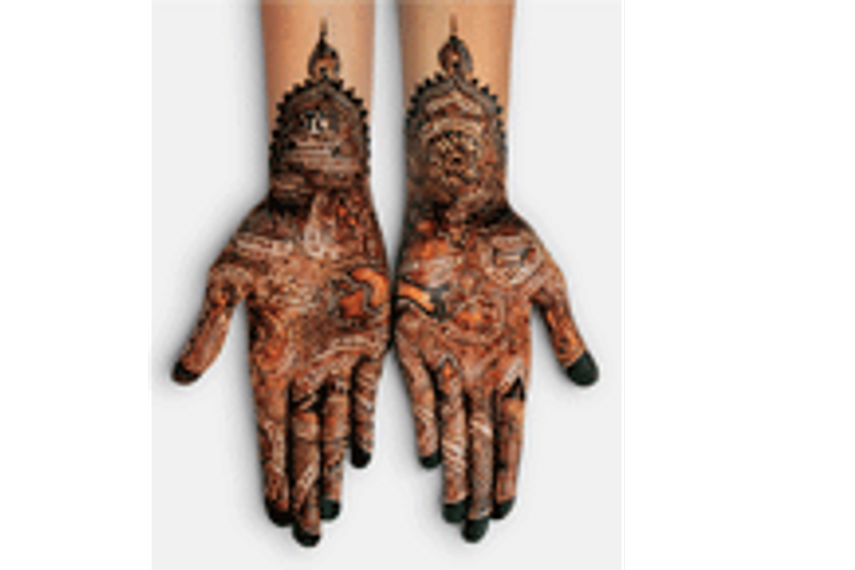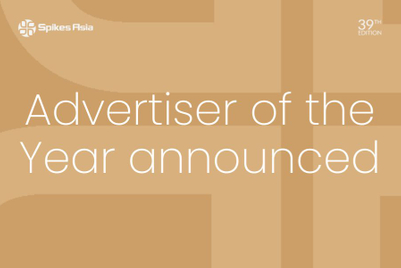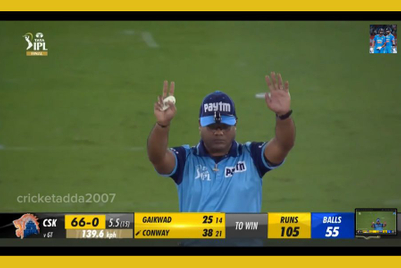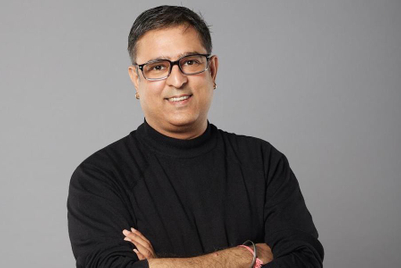
Cannes is receiving many more entrants from developing economies – and some of them could be ready to give UK agencies a run for their money. Representatives of four overseas shops offer their global perspective of the festival. It’s sunny outside and there’s rosé wine to be drunk, but, Philip Thomas notes, "they’re not doing any of it".
The Cannes Festival chief executive takes pride in this trend for visitors to sit in seminar halls taking meticulous notes instead of merely taking in the sun during Cannes week. Seminar attendance figures leapt by 50 per cent last June, drawn from a cross-section of clients, creatives and media types, and this summer’s climate of economic uncertainty is likely to see queues at the seminar doors snake even further down the hall.
Not only that, but turbulent times are also boosting award entries. More than 28,000 entries will compete this year – that’s a 10.2 per cent increase, and the biggest jump ever recorded.
As Thomas notes, it’s hard to find a competitive difference between marketing consultancies who have spent the past decade honing their metrics. But, for ad agencies, that difference lies in their creativity, with a big C – and Cannes is definitely a big C. Creativity is the mainstay from which it has never deviated, and for this reason, the business rationale for attending the festival has never been more compelling.
Entries from the UK and the US are growing at around 6 per cent, but it is the rampantly growing economies that have massively upped their presence, with entry numbers boosted by 30 per cent from India, 50 per cent from China and 100 per cent from Russia. IQ Marketing’s Natalia Stepanuk is too modest to reveal her agency as Russia’s only gold Lion winner so far, but she’ll be delighted at the added competition – as should
we all.
Alexandre Peralta
Chief executive and partner, StrawberryFrog, São Paulo
We have started seeing the Cannes festival much less as technicians, great film- or ad-makers, but as brand strategists – marketing men. The distance between us and the real marketing men, our clients, has decreased. It seems that, for the first time, we are both interested in airing the same thing.
In the time of dinosaurs, we would take our clients to Cannes to see our commercials. Now, we are the ones who have to attend their lectures. Last year, there weren’t enough chairs in the auditorium for those who wanted to see the Virgin chief executive, Richard Branson. This year, we shall hear lectures by Daniela Riccardi, the president of Procter & Gamble in China; Laura Klauberg, the global media vice-president of Unilever; the advertising director of Visa, Elyssa Gray, and Jay Stevens, the vice-president of sales and operations (EMEA) at Fox Interactive Media.
The wall between us and clients has collapsed. Agencies are no longer the only source of ideas. There are companies with more innovative ideas than agencies, and chief executives who are more modern than many editors and art directors. Who is cooler, you or Sergey Brin?
Historically, Brazil has always been among the five most-awarded countries in the festival. It won the Agency of the Year award several times. It won the press Grand Prix in 1993. In 2000, it was clever enough to realise the great opportunity in the newly created Cyber category and, when few people cared about it, it brought home a Grand Prix. Five years later, it got the second Grand Prix in the same category.
What has changed for Brazilians about Cannes is exactly what has changed for the world. The best view of the festival, in addition to that from the Carlton window, is now that which portrays the holistic actions of brands. The Brazilian market is going through a moment of change: just like in Europe and the US, advertisers are leaving the old models behind and seeking innovation more than ever.
Piyush Pandey
Executive chairman and national creative director, Ogilvy & Mather, Mumbai
I remember, way back in 1994, there was just Kailash Surendranath, myself and a couple of other people from India who went to Cannes. Today, it’s extremely heartening to see more than 100 Indians at the festival, learning, mingling with people from around the world and also getting some good results. Almost every Indian I meet at Cannes seems to be bubbling with energy, watching nearly every category with passion, and debating about – and sometimes even betting on – ads that they like.
The influence of looking at great work can be seen most significantly in print campaigns. Not that people are aping the West, but they are enthusiastically gearing themselves up to compete with the best. I recall getting on to the print shortlist in 1994: how we celebrated, as if we had won a gold. Today, many young people win every year with far greater confidence.
Networking and exchanging thoughts are a part and parcel of Cannes. With thousands of creative people from around the world, there is no better place than where a young person can walk up to the likes of Marcello Serpa (the general creative director of Brazil’s Almap BBDO) and request five minutes of his time. That,
I guess, is the magic of Cannes.
And now to the partying bit. Yes, there are multiple parties every day, and those who are able to last them all normally take a few days afterwards to catch up on their sleep. Mind you, there’s no limit to which creativity gets enhanced over a glass of wine or two or three or more. Cheers!
Ogilvy & Mather India probably sends one of the biggest contingents every year. A number of them have learned at Cannes, and gone back there to win. I guess being with the best encourages everyone to be the best some day.
For the entire story, read the latest issue of Campaign India dated July 4 2008.


.jpg&h=334&w=500&q=100&v=20250320&c=1)
.jpg&h=334&w=500&q=100&v=20250320&c=1)

.jpg&h=334&w=500&q=100&v=20250320&c=1)


.jpg&h=334&w=500&q=100&v=20250320&c=1)


.jpg&h=334&w=500&q=100&v=20250320&c=1)



.jpg&h=268&w=401&q=100&v=20250320&c=1)
.jpg&h=268&w=401&q=100&v=20250320&c=1)



